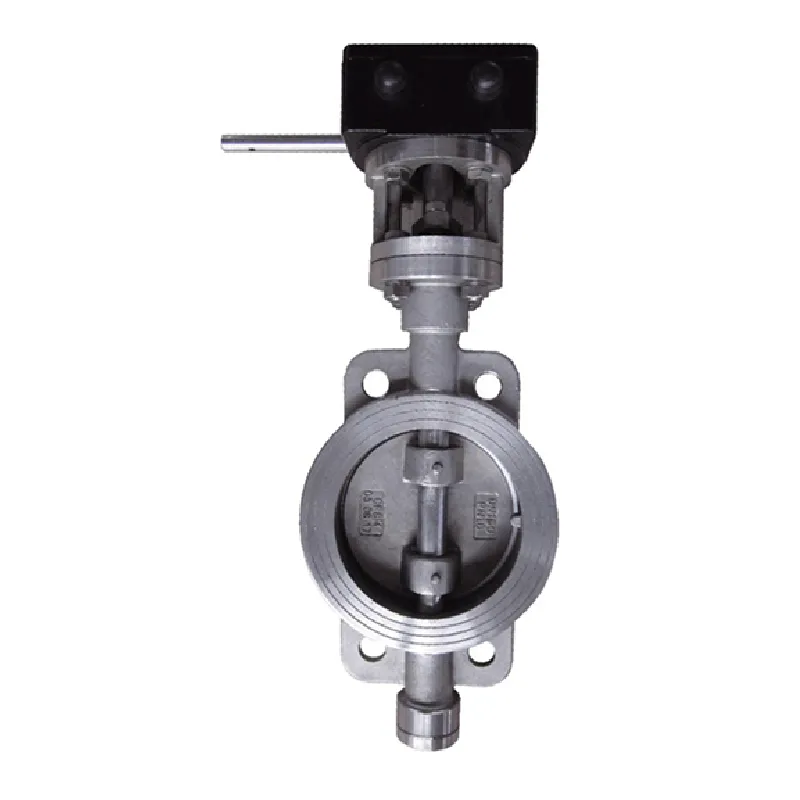ഡിസം . 11, 2024 01:26 Back to list
Air Release Valves for Water Main Maintenance and Efficiency Optimization
Understanding Water Main Air Release Valves Importance and Functionality
Water main air release valves play a crucial role in the management and maintenance of water distribution systems. These valves are essential components that help to release trapped air from the water pipeline, ensuring the system operates efficiently. In this article, we will explore the functionality, importance, and maintenance of air release valves in water main operations.
What is an Air Release Valve?
Air release valves are specially designed devices that allow for the release of air that accumulates in water pipelines. They are typically installed at high points in the pipeline where air can become trapped. When water flows through a pipeline, it generates pressure changes—these changes can cause air to enter the system, leading to potential issues if not managed properly.
The primary function of an air release valve is to automatically release this trapped air without allowing excess water to escape. This is achieved through a float mechanism within the valve that opens when air is present and closes when water reaches the valve. This design not only maintains system pressure but also prevents disruptions in water flow.
Importance of Air Release Valves
The significance of air release valves in water supply systems cannot be overstated. Here are some key reasons why they are essential
1. Preventing Pipe Damage Trapped air can create pressure fluctuations that may lead to water hammer, a phenomenon characterized by a shockwave caused by the sudden stopping or changing direction of water flow. Water hammer can cause significant damage to pipes, joints, and fittings, resulting in costly repairs.
2. Enhancing Water Efficiency By ensuring that air does not accumulate in the pipeline, air release valves help maintain a consistent flow of water. This consistency contributes to better overall efficiency in water distribution, ensuring that customers receive an uninterrupted supply.
3. Avoiding System Failures Air pockets in water mains can lead to system failures, such as reduced pressure or complete shutdowns. With air release valves in place, the risk of such failures is significantly decreased, contributing to a more reliable water supply.
water main air release valve

4. Improving Water Quality Stagnant water can lead to problems such as sediment buildup and potential contamination. By allowing air to escape, these valves help ensure a steady flow of fresh water, which is vital for maintaining water quality.
5. Facilitating Maintenance With the continuous release of trapped air, maintenance crews can perform their work more efficiently. It minimizes the likelihood of unexpected air-related issues arising during maintenance activities, allowing for quicker and more effective repairs.
Maintenance of Air Release Valves
While air release valves are relatively low-maintenance devices, regular inspections and maintenance are still necessary to ensure their proper function. Here are some recommended practices
- Routine Inspections Schedule regular inspections to check for leaks, corrosion, or any signs of wear. Ensuring that the valve operates smoothly will help in identifying issues before they escalate.
- Testing Functionality Periodically test the valve's functionality by simulating air accumulation. This can reveal whether the float mechanism is working correctly and whether the valve is sealing properly.
- Cleaning Remove debris or sediment that may obstruct the valve's operation. Keeping the valve clean ensures that it functions optimally and reduces the risk of failure.
- Replacement Be prepared to replace air release valves that show significant signs of wear or failure. Investing in quality materials and ensuring proper installation can enhance the longevity and performance of these essential components.
Conclusion
Air release valves are an indispensable element of water main systems, ensuring efficient operation, preventing damage, and maintaining water quality. By understanding their importance and maintaining their functionality through regular inspections and testing, water utilities can enhance the reliability of their water distribution networks. Moreover, the careful management of air release valves contributes significantly to the overall sustainability of the water supply system, benefiting both consumers and providers alike.
Share
-
Reliable Wafer Type Butterfly Valves for Every IndustryNewsJul.25,2025
-
Reliable Flow Control Begins with the Right Ball Check ValveNewsJul.25,2025
-
Precision Flow Control Starts with Quality ValvesNewsJul.25,2025
-
Industrial Flow Control ReliabilityNewsJul.25,2025
-
Engineered for Efficiency Gate Valves That Power Industrial PerformanceNewsJul.25,2025
-
Empowering Infrastructure Through Quality ManufacturingNewsJul.25,2025